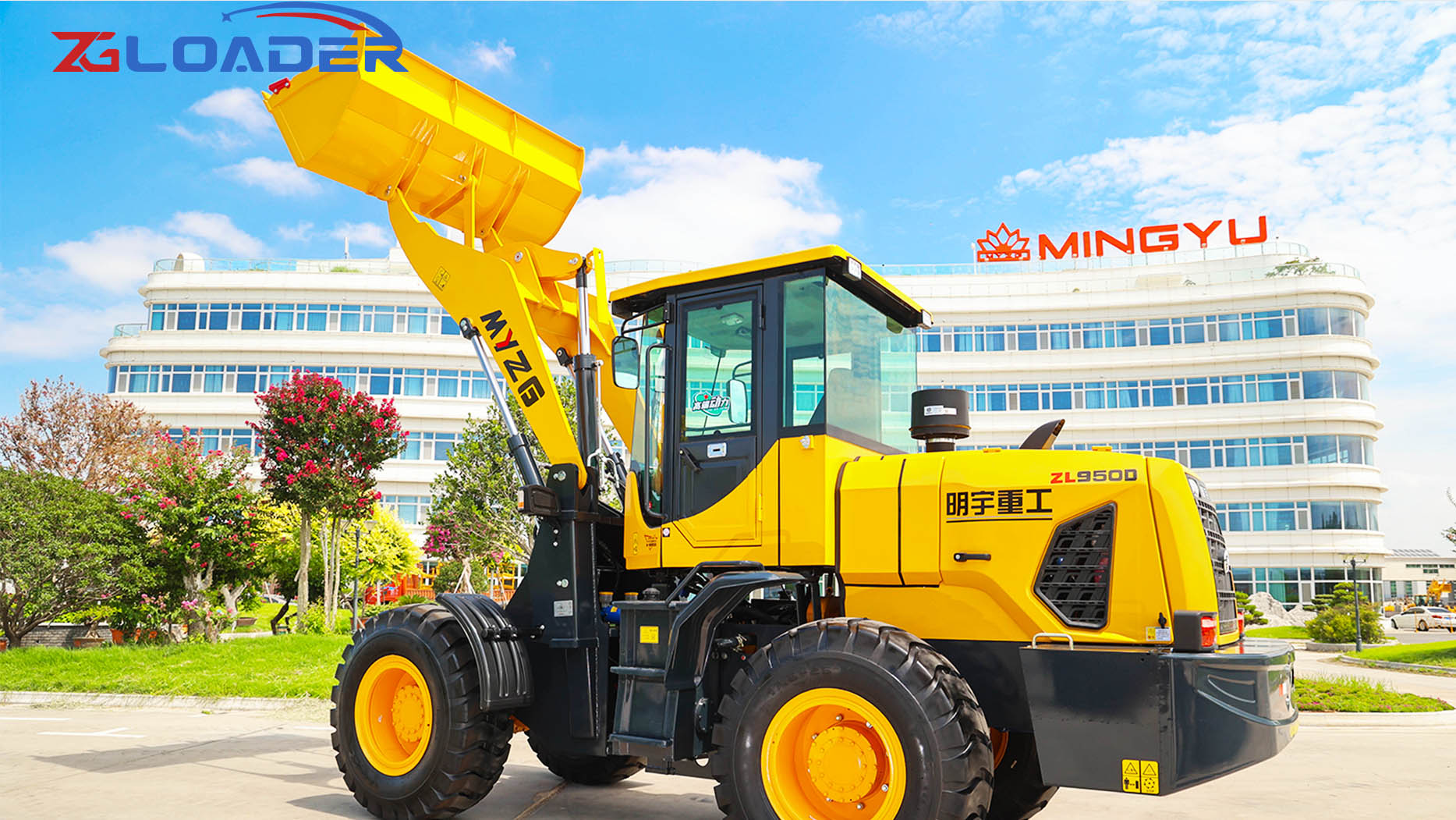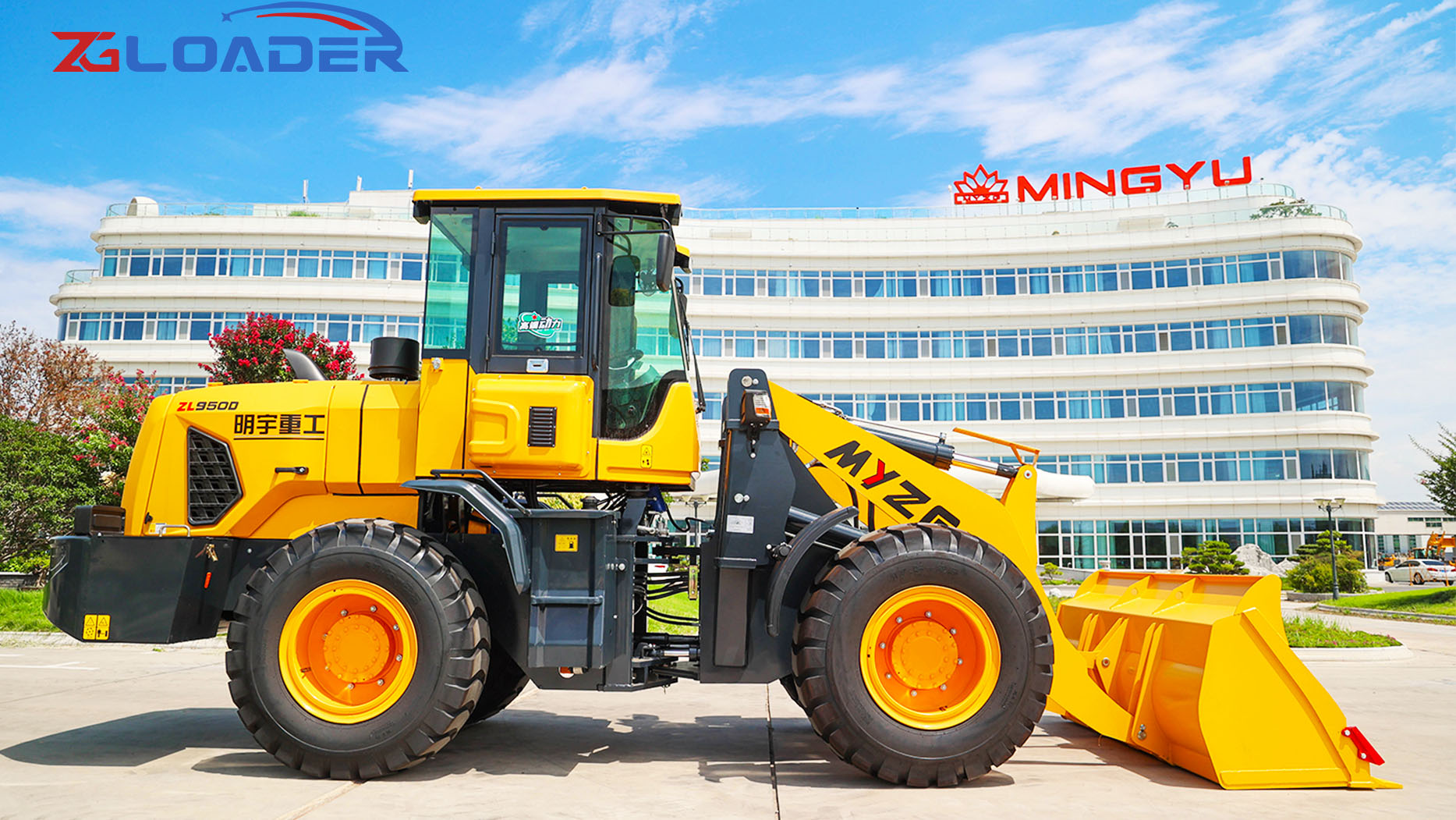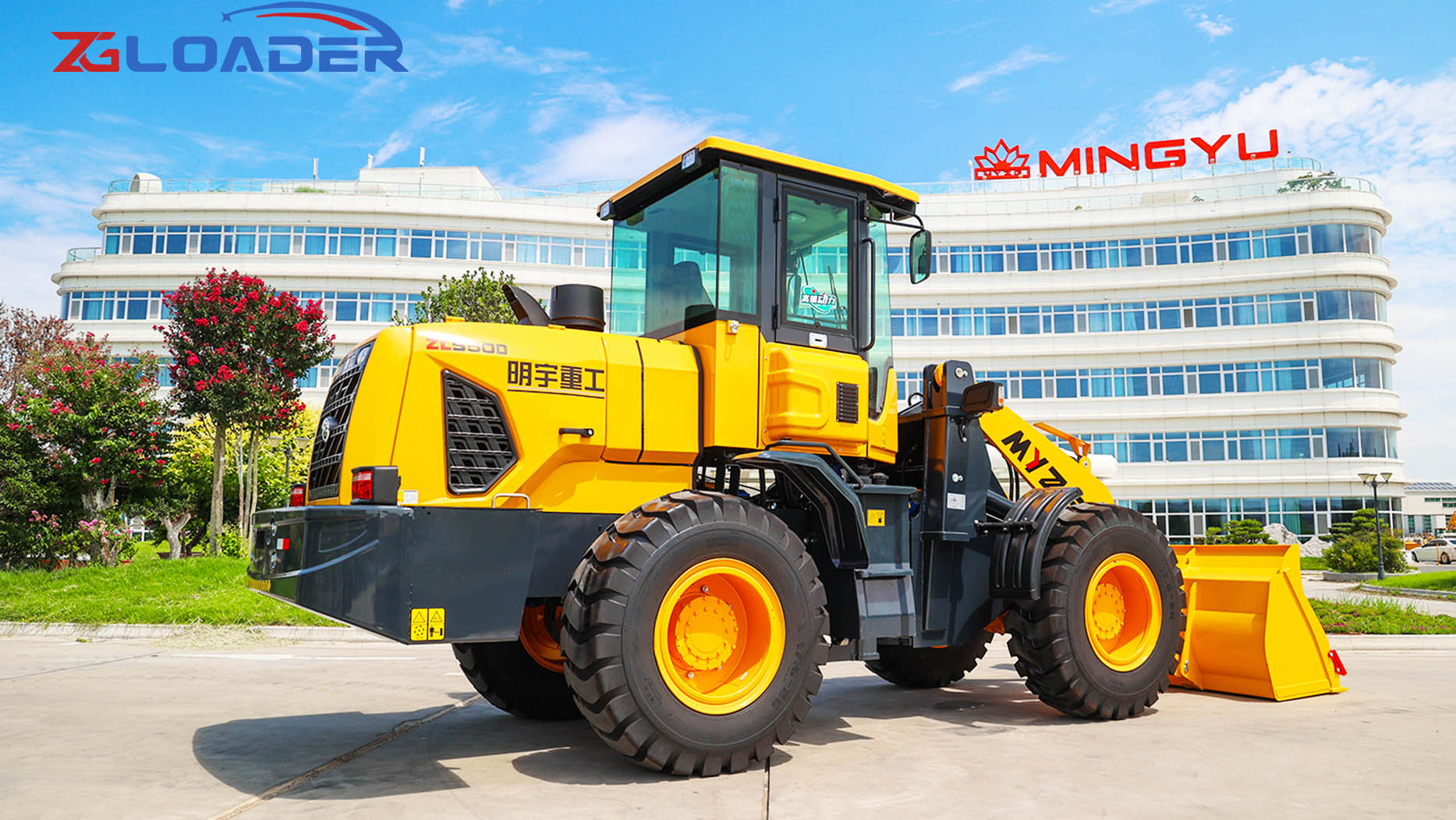what is wheel loader load rating?
Wheel load rating, a seemingly simple term, represents a critical specification for a wide range of wheeled equipment, from shopping carts to heavy-duty construction machinery. Understanding its meaning and implications is paramount for ensuring safety, performance, and longevity of both the wheels and the equipment they support. This article delves into the intricacies of wheel load rating, exploring its definition, calculation methods, influencing factors, testing standards, and practical applications.
Defining Wheel Load Rating:
At its core, wheel load rating signifies the maximum weight a single wheel is designed to support continuously under specified operating conditions. It's a measure of the wheel's structural capacity and its ability to withstand the stresses imposed by a static or dynamic load. This rating isn't simply about the weight the wheel can momentarily hold; it's about the load it can bear repeatedly and consistently over its intended lifespan without failure.
It's crucial to distinguish between wheel load rating and the total weight of the equipment. The total weight is distributed across all wheels, and the load on each wheel can vary depending on factors like weight distribution, terrain, and dynamic forces. Therefore, selecting wheels with an appropriate load rating involves more than just dividing the equipment's total weight by the number of wheels.
Factors Influencing Wheel Load Rating:
Several factors contribute to a wheel's load rating, including:
Wheel Material: The material the wheel is constructed from plays a significant role. Common materials include:
Steel: Offers high strength and durability, suitable for heavy loads and harsh environments.
Polyurethane: Provides good shock absorption and abrasion resistance, often used for industrial applications.
Rubber: Offers excellent vibration damping and quiet operation, suitable for lighter loads and smooth surfaces.
Nylon/Phenolic: Offers a balance of strength, durability, and cost-effectiveness.
Wheel Diameter and Width: Larger diameter wheels generally have a higher load rating due to their increased contact area and structural strength. Similarly, wider wheels distribute the load over a larger area, increasing the load-bearing capacity.
Wheel Construction: The design and construction of the wheel, including the hub, spokes (if applicable), and tire (if pneumatic), significantly impact its load-bearing capability. For example, forged steel wheels typically have higher load ratings than cast iron wheels.
Tire Type (for pneumatic wheels): For pneumatic tires, the tire's ply rating and inflation pressure are crucial factors. A higher ply rating indicates a stronger tire carcass, allowing for higher inflation pressures and increased load capacity.
Bearing Type and Size: The bearings within the wheel hub support the load and allow the wheel to rotate. The bearing type (e.g., ball bearing, roller bearing) and size influence the wheel's load rating. Larger bearings generally offer higher load capacities.
Operating Conditions: The environment in which the wheel operates impacts its load rating. Factors like temperature, exposure to chemicals, and the type of surface (smooth or rough) can affect the wheel's performance and longevity. For example, high temperatures can soften certain wheel materials, reducing their load-bearing capacity.
Dynamic Forces: The load on a wheel isn't always static. Dynamic forces, such as those caused by acceleration, braking, and impacts, can significantly increase the load on the wheel. These dynamic forces must be considered when selecting wheels.
Calculating Wheel Load Rating Requirements:
Determining the appropriate wheel load rating for a specific application involves a careful analysis of the following factors:
Total Weight of the Equipment: This includes the weight of the equipment itself plus the maximum load it will carry.
Weight Distribution: How the weight is distributed across the wheels is crucial. Uneven weight distribution can result in some wheels carrying a significantly larger share of the load. It's essential to determine the maximum load that will be applied to any single wheel.
Number of Wheels: While simply dividing the total weight by the number of wheels might seem logical, it doesn't account for uneven weight distribution or dynamic forces.
Dynamic Load Factor: This factor accounts for the increased load on the wheels due to acceleration, braking, and impacts. The dynamic load factor varies depending on the application and operating conditions. For example, a forklift operating on a rough surface will experience higher dynamic loads than a cart being pushed on a smooth floor. A typical dynamic load factor might range from 1.25 to 2.5 or even higher in extreme cases.
Safety Factor: A safety factor is often applied to the calculated load to account for unforeseen circumstances and variations in operating conditions. This provides a margin of safety and helps to prevent wheel failure.
Testing Standards and Certifications:
Several industry standards and certifications are used to ensure the quality and safety of wheels. These standards define testing procedures and acceptance criteria for wheel load rating. Some common standards include:
ANSI ICWM (American National Standards Institute, Industrial Cast Wheel and Mounting): This standard covers requirements for industrial cast wheels and their mountings.
ISO (International Organization for Standardization): ISO standards provide guidelines for various aspects of wheel and tire performance.
DIN (Deutsches Institut für Normung): German standards that are widely recognized and respected.
These standards often involve rigorous testing procedures, such as:
Static Load Testing: The wheel is subjected to a static load for a specified period to verify its load-bearing capacity.
Dynamic Load Testing: The wheel is subjected to repeated dynamic loads to simulate real-world operating conditions.
Impact Testing: The wheel is subjected to impacts to assess its resistance to damage.
Fatigue Testing: The wheel is subjected to repeated loading cycles to evaluate its fatigue strength.
Practical Applications and Considerations:
Wheel load rating is a critical consideration in a wide range of applications, including:
Material Handling Equipment: Forklifts, pallet jacks, and hand trucks require wheels with appropriate load ratings to ensure safe and efficient operation.
Industrial Carts and Trailers: The wheels on these equipment must be able to support the weight of the load being carried.
Construction Machinery: Heavy-duty construction equipment, such as excavators and bulldozers, require wheels with extremely high load ratings.
Aerospace and Defense: Aircraft landing gear and military vehicles require specialized wheels with stringent load rating requirements.
Medical Equipment: Hospital beds, wheelchairs, and other medical equipment require wheels that can support the weight of patients and equipment.

Retail and Commercial: Shopping carts, display stands, and other retail equipment require wheels with appropriate load ratings for smooth and safe operation.
When selecting wheels, it's essential to consider not only the load rating but also other factors, such as:
Wheel Material: Choose a material that is compatible with the operating environment and the type of load being carried.
Wheel Diameter and Width: Select the appropriate size for the application.
Tire Type (for pneumatic wheels): Ensure the tire has the correct ply rating and inflation pressure.
Bearing Type and Size: Choose bearings that can handle the load and operating conditions.
Mounting Method: Ensure the wheel can be securely mounted to the equipment.
Conclusion:
Wheel load rating is a fundamental parameter that dictates the performance and safety of any wheeled equipment. A thorough understanding of its definition, influencing factors, calculation methods, and testing standards is crucial for selecting the right wheels for a given application. By carefully considering these factors, engineers, designers, and end-users can ensure the safe and efficient operation of their equipment while maximizing wheel lifespan and minimizing the risk of failure. Ignoring or miscalculating wheel load ratings can lead to catastrophic consequences, including equipment damage, personal injury, and even fatalities. Therefore, proper attention to this critical specification is paramount.
Post time:Feb.12.2025


